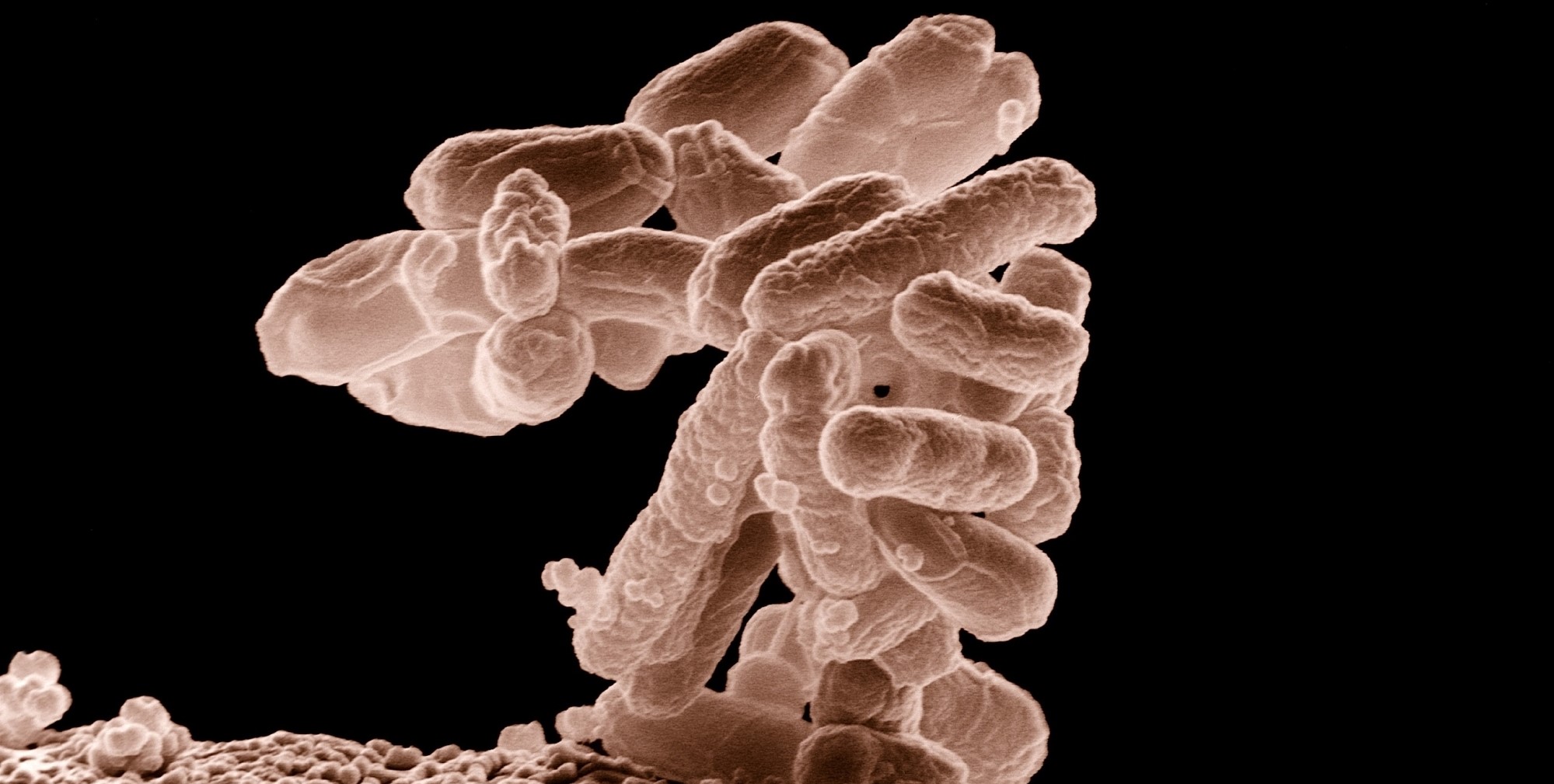Scientists discovered Pathogens known to cause infection in hospitals
Scientists know the genetic makeup of about 70 per cent of oral bacteria.

Our mouth is home to hundreds of different bacterial species; a few of these oral bacteria are known pathogens. In a recent study, scientists have discovered that three closely related species of bacteria belonging to the family Enterobacteriaceae, known to cause infection in hospitals, outlived all other oral bacteria in long-term starvation or 'doomsday' experiment. The findings of the study published in the 'Journal Proceedings of the National Academy of Sciences', help explain how certain dangerous bacteria are able to persist in a sterile hospital environment and infect patients.
Scientists know the genetic makeup of about 70 per cent of oral bacteria. What they don't know is which species would live the longest without nutrients in a 'battle royale', so they decided to find out. To create a battle of bacteria, researchers placed hundreds of samples of oral bacteria from human saliva into test tubes. The bacteria, which are accustomed to living in the nutrient-rich mouth, were starved in their new environment. Each day, scientists checked the samples to see which bacteria were still alive.
Nearly every bacterial species died within the first couple of days. But three species- Klebsiella pneumoniae, Klebsiella oxytoca, and Providencia alcalifaciens- survived the longest, with Klebsiella pneumonia and Klebsiella oxytoca surviving for more than 100 days. Researchers were surprised to find that Klebsiella was among the champions of this bacterial combat. In their natural environment of the oral cavity, Klebsiella is considered an underdog.
They account for only about one per cent of all microbes in the mouth. But in an extreme environment deprived of all nutrients, Klebsiella reigned supreme while the bugs normally found in high abundance rapidly died off. How did Klebsiella pull off such a feat? To answer this question, scientists analysed the genome of the bacteria on the first day of 'battle' and then again on day 100.
"When we look at the genome content, it turns out that these Enterobacteriaceae species have larger genomes than other oral bacteria, giving them the capacity to tap into more diverse energy sources," said Dr Xuesong He, a co-author of the study. The researchers found that the Klebsiella had undergone genetic mutations that may have allowed them to survive and continue to function, even without a food source.
Scientists describe Klebsiella species as opportunistic pathogens. In healthy people, they live in the mouth peacefully, crowded by other microbes and unable to grow or cause trouble. But outside the mouth, where few other bacteria survive, Klebsiella is king. They persist on hospital surfaces, like sinks or tables. If a patient with a compromised immune system makes contact with Klebsiella, that patient could develop an infection.
"Oral fluids like saliva are a rich source of bacteria and viruses. We want to understand how pathogens, that are typically rare, can become dominant and then also persist for long periods outside the body to be later transmitted," explained co-author Dr Jeff McLean. Infections by Klebsiella can result in a number of dangerous conditions including pneumonia and meningitis. One of the reasons Klebsiella infections are so dangerous is that Klebsiella is particularly adept at developing resistance to antibiotics, as well as transferring this drug resistance to neighbouring bacteria.
"The finding that these Klebsiella species survive longer than their more benign neighbours in mixtures of saliva is likely to have a great deal of clinical significance, as multiple virulent outbreaks of antibiotic-resistant Klebsiella have been traced back to hospital sinks and drains," said Dr Jonathon L. Baker, lead author of the study. (ANI)
(With inputs from agencies.)
- READ MORE ON:
- The Hundreds
- Union of Concerned Scientists
- Apollo Hospitals
- Paras Hospitals
- Rainbow Hospitals
- The Family
- We Are the Champions
- Sports Champions
- UEFA Champions League
- The Little Couple
- Couples Retreat
- Couples therapy
- home
- hundreds
- Scientists
- researchers
- hospitals
- Xuesong He
- family
- Jeff McLean
ALSO READ
IISc researchers design sustainable hydrogel to remove microplastics from water
Researchers find ways to prevent idiopathic pulmonary fibrosis
Researchers discover brain region involved in control of attention
Researchers decode how Pluto got a giant heart
IAEA publishes radiation safety guide to protect students and researchers










